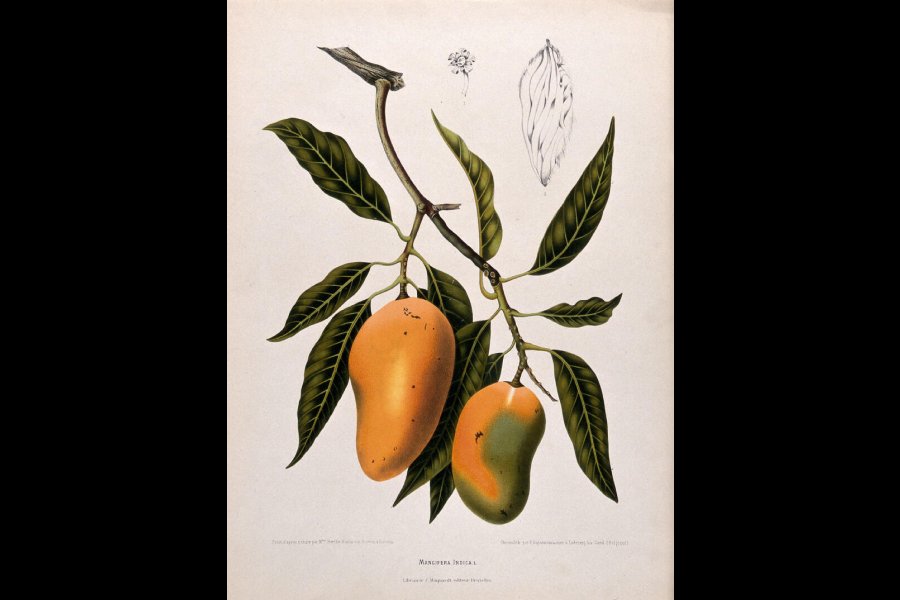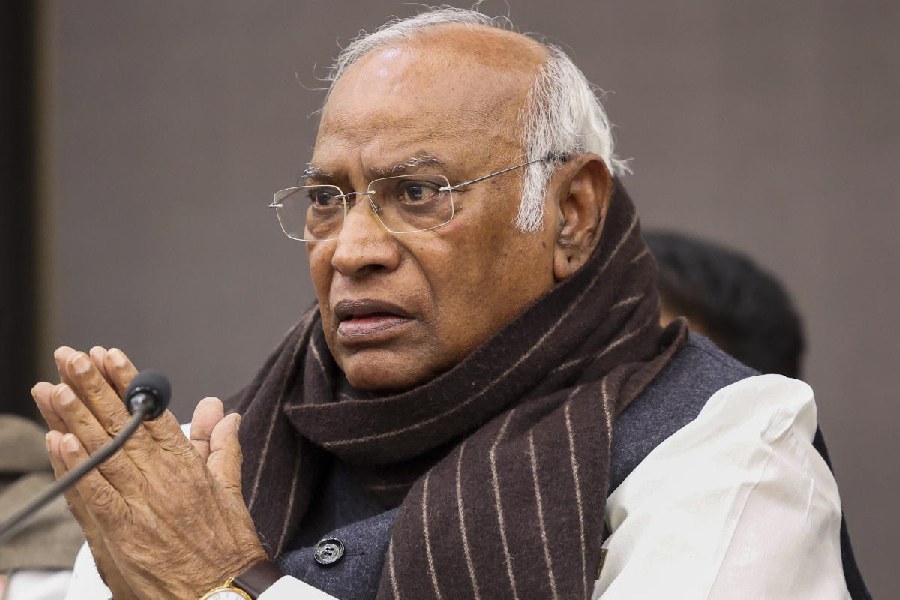Book: MANGIFERA INDICA: A BIOGRAPHY OF THE MANGO
Author: Sopan Joshi
Published by: Aleph
Price: Rs 799
What is Mangifera indica? “Taxonomists have identified about seventy species of mango and are undecided about another ten. Southeast Asia has the largest number of wild mango species. Indonesia has thirty-three, Malaysia twenty-nine, Thailand thirteen, and Vietnam has nine. India has nine species, including Mangifera indica and all its 1,000-odd varieties.”
Mangifera indica is the mango as we know it.
Often, origin is equated with diversity and diversity suggests the mango originated in Southeast Asia. Perhaps not, and there is a detailed discussion of palaeobotany in this book. Depending on what we mean by ‘India’ and the timeline, the mango probably originated in India and was independently domesticated in South Asia and Southeast Asia. “India produced close to half of the world’s mangoes or about 44 per cent in 2021… Yet India was only the third largest exporter of the fruit in 2022.” The top two were Mexico and the Netherlands. It is difficult to get Indian mangoes abroad. Decades earlier, it was even more so. (It has changed a bit, depending on the destination, because of the demand from emigrant Indians.) As a student in Britain in the 1970s, I wanted a Welsh friend to sample a mango. We got hold of canned mango (as dessert) in a Bangladeshi restaurant masquerading as ‘Indian’. “Tastes just like peach,” remarked my friend. I was aghast. The king of fruits dubbed a peach!
The mango season is over — although the season has got extended over time. Friends send us mangoes. Depending on where they hail from, Alphonso, Kesar and the occasional Banganapalle. We purchase Dasheri and Langra. The mango trees in our gardens have ‘desi’ mangoes that can’t be sliced. They have to be sucked. Each person swears by a certain variety. “The culture wars over the mango are a very new thing. For most of our history, Indians consumed mangoes grown only in their own region, unaware of varieties grown elsewhere… And the best produce of own region seldom goes outside… Your understanding and definition of the mango is shaped by what you have experienced.” We have often wondered, why do people rave about the Alphonso? The ones we are sent aren’t that great. Dasheri and Langra are much better.
Sopan Joshi is mad about mangoes, even obsessed. He has probably sampled each of the 1000-odd varieties and, in this biography of the mango, takes us on a fascinating journey. Everything known about the Indian mango (varieties, history, production, pests, pesticides, marketing, trade, exports) is packed into these eighteen chapters divided into three books. “This book offers a few slices from the lives of people who grow, sell, and eat mangoes. Or research them! Or just talk about them! They are fleeting reflections of ourselves, mirrored in a fruit that has held us in a bewitching spell for millennia.”
The style is chatty, conversational, packed with information and anecdotes, not always directly related to the mango. I live in Moti Bagh, a locality in South Delhi. “Moti Bagh, now also a metro station, was once Mochi Bagh, an orchard planted by a cobbler (mochi) named Ramdas.” I didn’t know that. I didn’t know about issues between seed-grown and grafted trees. When did we begin to graft mangoes? I didn’t know about the role of Jesuit priests (Goa) in that. I didn’t know about trade and distribution. I didn’t know about pests and disease. I certainly didn’t know about IFD (Internal Fruit Disease). (That’s largely the reason the Alphonsos we are gifted don’t taste that good.)
I did wonder though whether this barrage of information could have been better sequenced than the way it has been done in those eighteen chapters.










